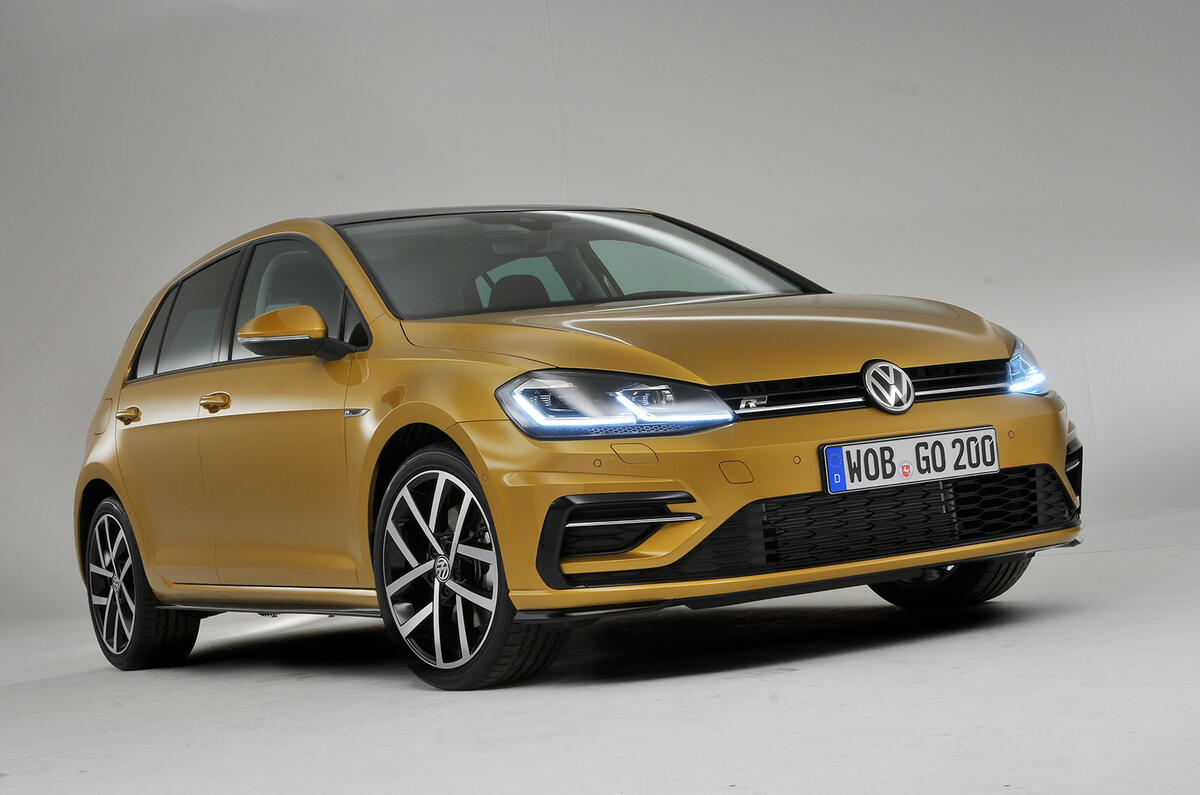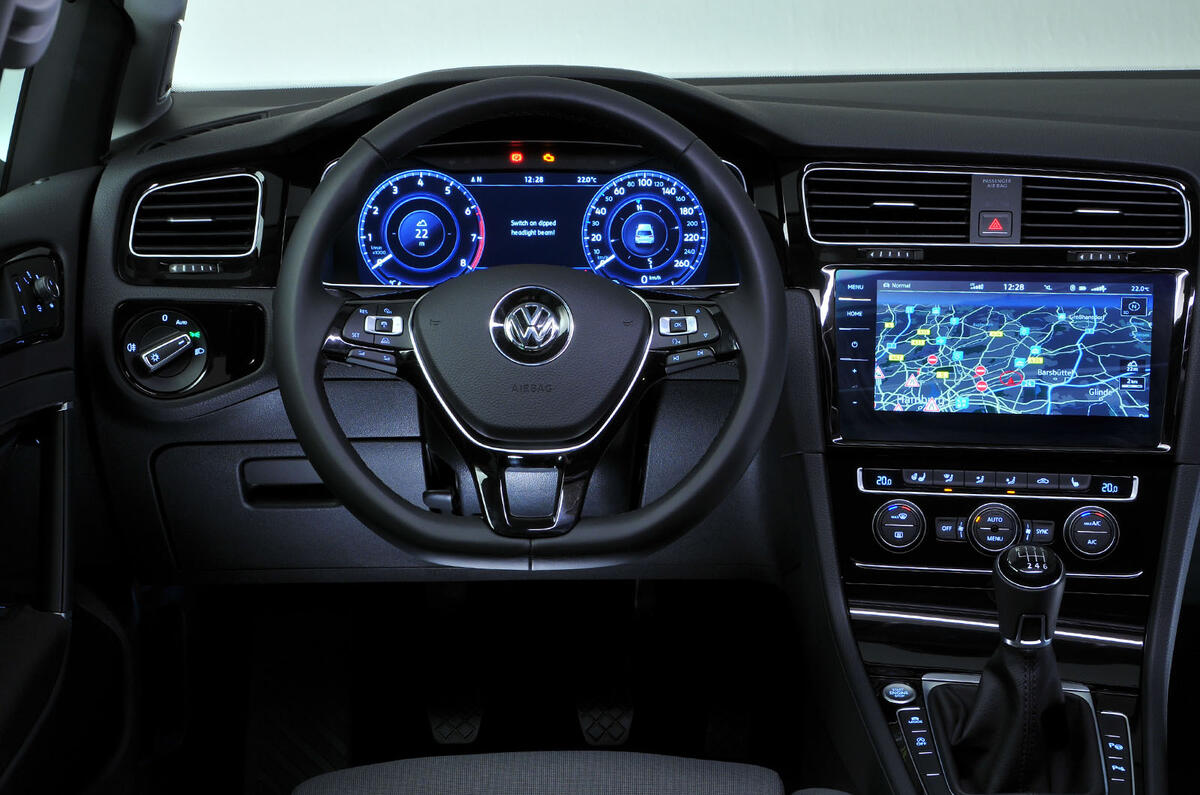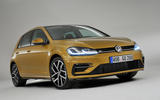The facelifted 2017 Volkswagen Golf features subtle styling changes, upgraded interior appointments and a newly developed 1.5-litre four-cylinder turbocharged petrol engine.
The predictably subtle mid-life changes brought to the Golf are designed to improve the overall competitiveness of the seventh-generation model against a raft of rivals until the arrival of more heavily altered eighth-generation Golf in 2019.
Pricing has just been announced: most models cost on average £650 less than their predecessors, although the entry-level 1.0 TSI 85 three-door retains its price of £17,625. Higher up the range, the Golf GTI starts at £27,865 in three-door manual form, and the Golf R tops the price chart at £33,935 with five doors and a DSG gearbox. Prices for models with the new 1.5-litre petrol engine have not yet been released.
In estate form, prices for the 2017 Golf start at £20,370 for the 1.4 TSI and rise to £34,985 for the Golf R.
Design
Visually, the 2017 Golf departs little from today’s four-year-old model, with only minor changes to its exterior.
Up front, there's a lightly reprofiled bumper with altered grille and air duct styling, lightly restyled wings and revised headlights with altered graphics, LED daytime running lights and a new full LED main beam function in place of the earlier Xenon operated units. The rear receives full LED tail-lights and a newly designed bumper featuring integral tailpipes on the popular R-line styling package.
Further changes to the appearance of Europe’s best-selling car include a new range of wheel designs and exterior colours.









































































































































































Join the debate
Add your comment
Shame
£30k for a Golf? Ha, ha, ha,
A fool and his money are soon parted as this demonstrates.
the evolution of dullness